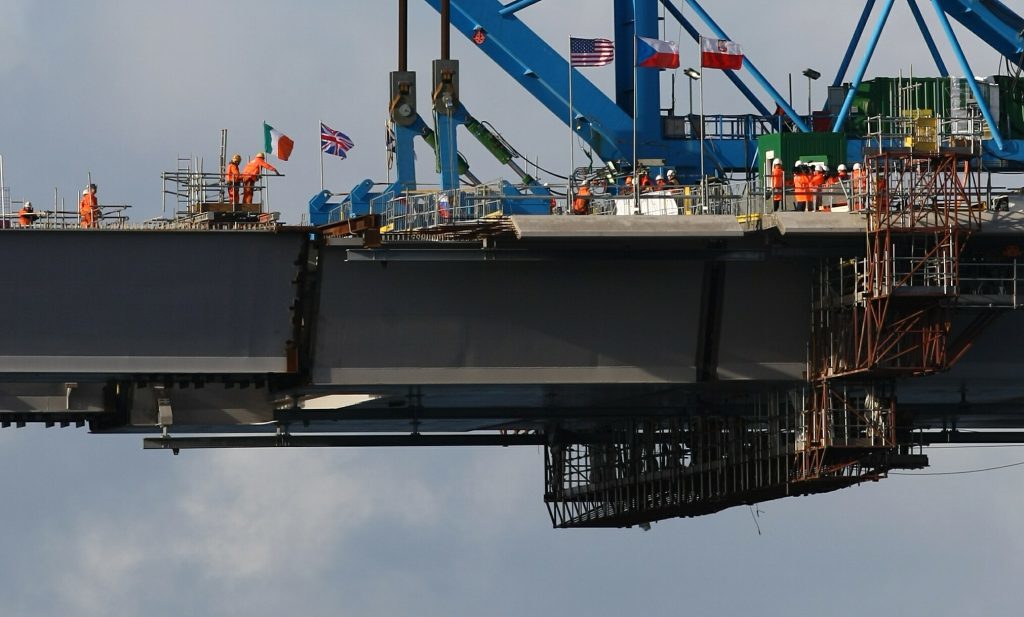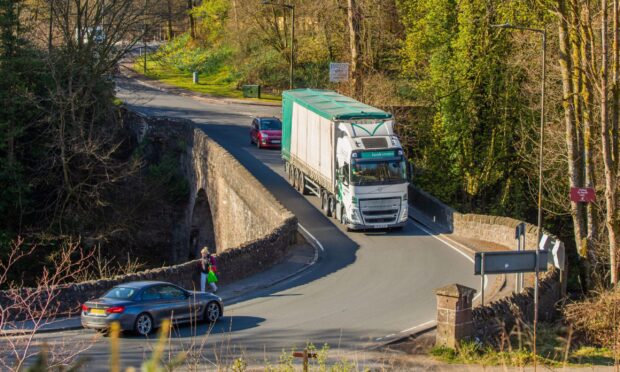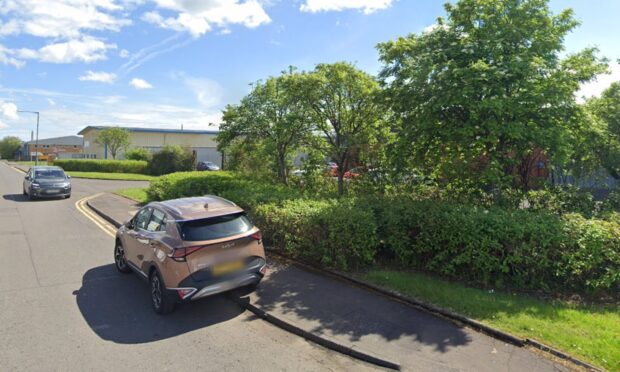The final deck section of the Queensferry Crossing is in place.
In what is being hailed as a “landmark day” Fife and the Lothians are being connected for the first time by the third Forth bridge.
At 1.05pm on Friday a cheer went up as the final piece in what is a massive deck-shaped jigsaw puzzle was put into position.
With favourable weather forecast, everything was in place for the segment, weighing 750 tonnes, to be lifted inch by inch from a barge in the Forth to the deck.
This is the last of 122 deck sections to be fitted on to the bridge which is on schedule to open in May.
Economy Secretary Keith Brown witnessed the preparations for the historic moment as engineers start to lift the last section on to the £1.325 billion crossing.
“The public have been fascinated by the spectacular progress on the Queensferry Crossing,” he said.
“While there is a lot of work left before opening to traffic in May, completing the deck represents a true landmark moment that we’ve all been looking forward to.
“It’s the moment Fife and Edinburgh are connected by a third, stunning structure across the wide waters of the Forth.
“It’s a privilege to be here to see it.”
He paid tribute to the “expertise and endeavour” of the workforce.
Michael Martin, project director for the consortium building the flagship bridge, the Forth Crossing Bridge Constructors, said the final deck lift was the culmination of a “world class team effort” stretching back to the first day construction work started in 2011.
“The final ‘closure’ is always one of the most significant milestones in any bridge construction programme.
“On a bridge of this magnificent scale, well, it’s more than a bit special,” he added.
In all 122 sections make up the deck – 12 were lifted into place by floating crane in October 2014.
Work started to lift each of the remaining 110 segments in September 2015.
Each are 40 metres wide, 16 metres long and weigh around 750 tonnes.
But despite the sheer scale of each piece, they have to be installed with painstaking precision, to very fine margins and to tiny tolerances.
Added to that is the fact the work is being carried out in the tough environment of the Firth of Forth.










